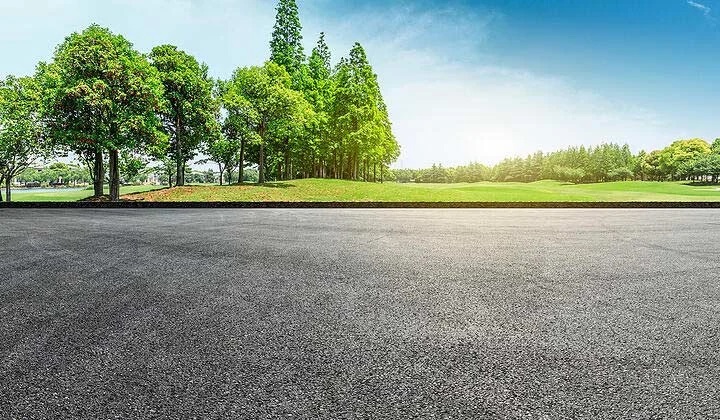The maintenance tips asphalt and bitumen is Asphalt is a mixture of aggregates (stone, sand, and gravel) and bitumen, a sticky, black, and highly viscous liquid or semi-solid form of petroleum. Bitumen acts as a binder, holding the aggregates together and providing a water-resistant layer.
Regular inspection
The most crucial aspect of maintaining asphalt and bitumen surfaces is regular inspection. Walk around your property and examine the surface for any signs of damage, such as cracks, potholes, or uneven areas. Identifying issues early on prevents them from escalating into more significant problems that require costly repairs.
Crack sealing
Cracks are a common issue with asphalt and bitumen surfaces. They occur due to various factors, including temperature fluctuations, heavy traffic, and tree root growth. If left unaddressed, cracks widen and deepen, allowing water to seep into the base material and cause further damage. To prevent this, it’s essential to seal cracks promptly. Crack sealing involves cleaning the crack, removing debris or vegetation, and filling it with a specialized sealant. This sealant is designed to adhere to the edges of the crack, preventing water infiltration and minimizing the risk of further deterioration.
Pothole repair
Potholes are another common issue that develops on asphalt and bitumen surfaces. They occur when water seeps into cracks and erodes the base material, leading to a depression in the surface. Potholes pose a safety hazard for vehicles and pedestrians and should be repaired immediately. Remove any loose material and debris from the area to repair a pothole. Then, fill the pothole with a suitable patching material, such as cold or hot mix asphalt, depending on the size and depth of the hole. Compact the material to ensure a smooth and level surface.
Sealcoating
Sealcoating is a preventive maintenance technique that involves applying a protective layer over the asphalt or Bitumen driveways surface. This layer acts as a barrier against the elements, preventing water, UV rays, and chemicals from penetrating the surface and causing damage. Sealcoating also enhances the appearance of the surface, giving it a fresh, black finish sealcoating asphalt and bitumen surfaces every 2-3 years is recommended, depending on the level of traffic and exposure to the elements.
Proper drainage
Ensuring proper drainage is crucial for maintaining the integrity of asphalt and bitumen surfaces. Standing water seeps into cracks and erodes the base material, leading to potholes and other damage. To prevent this, ensure that your surface has adequate slope and drainage channels to direct water away from the area.
Regularly clean and maintain drainage systems, such as gutters and catch basins, to prevent clogs and ensure efficient water flow. If you notice any areas of standing water, address the issue promptly by improving drainage or filling in low spots.
Pressure washing
Asphalt and bitumen surfaces accumulate dirt, grime, and stains, detracting from their appearance and potentially causing damage. Pressure washing is an effective way to remove these contaminants and restore the surface’s appearance. When pressure washing, use a suitable nozzle and maintain a safe distance from the surface to avoid damaging the material. Be cautious when using cleaning agents, as some chemicals harm asphalt and bitumen. Opt for mild, eco-friendly cleaners and rinse the surface thoroughly after washing.
Asphalt and bitumen surfaces are designed to withstand regular traffic, but exposure to heavy loads causes damage. Large vehicles, such as trucks and construction equipment, exert excessive pressure on the surface, leading to cracks, rutting, and other issues.





